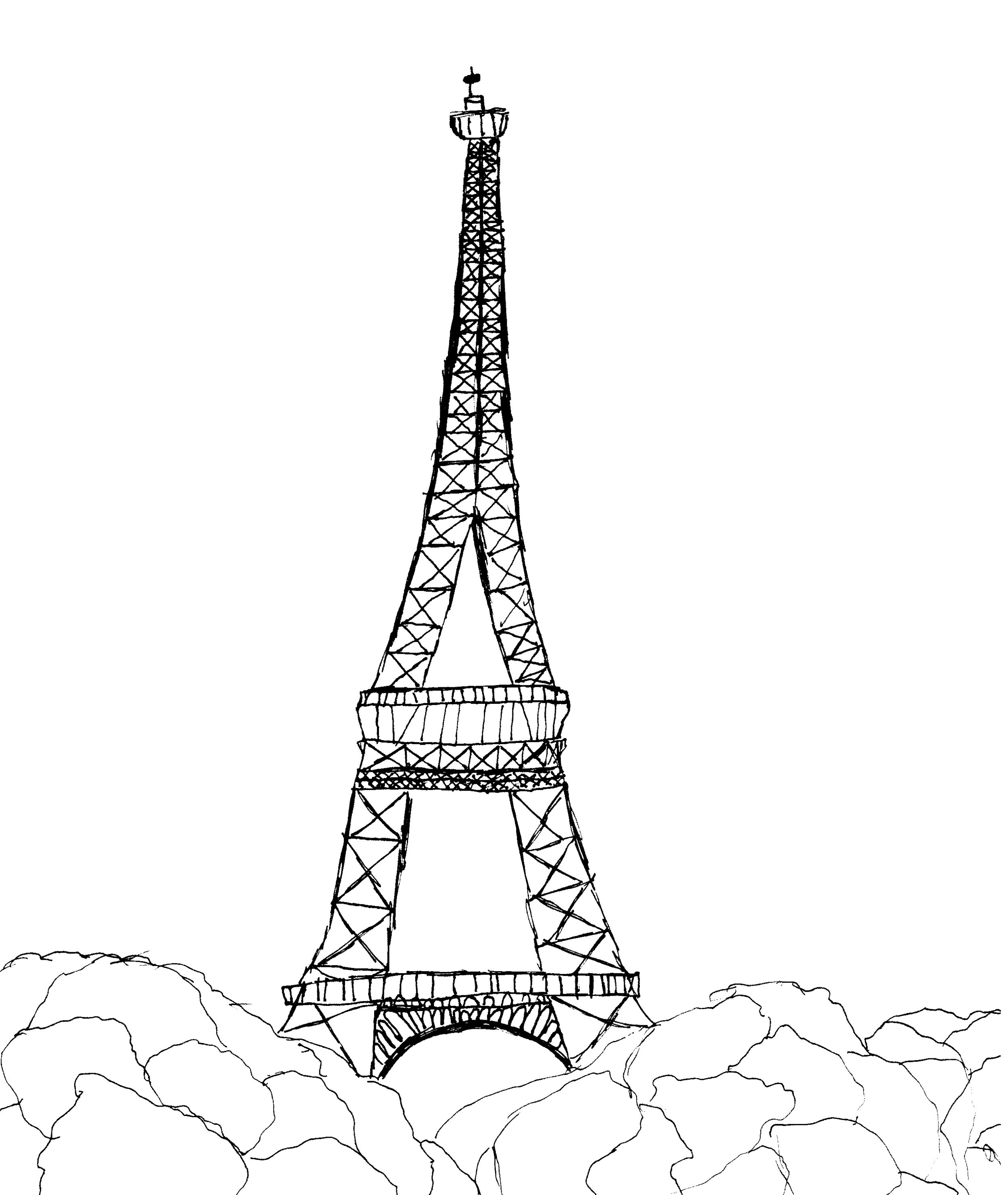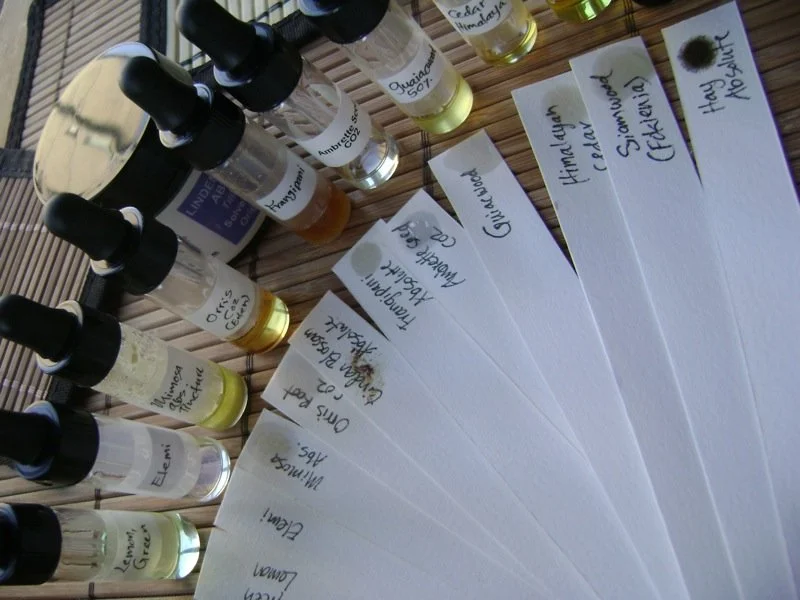Grasse, Perfume Capital of the World
View of Grasse, France. Image credit: Lylambda, CC BY-SA 4.0, via Wikimedia Commons
“When life hands you lemons, make lemonade.” The village of Grasse in southeastern France went much more than one step further with this proverbial saying by transforming from a malodorous polluter of nearby waters to a region renowned for creating desirable fragrances. During the Middle Ages, this community nestled in the hills between the Alps and the Mediterranean Sea developed a reputation for manufacturing high quality leather hides. Decades and decades of tanning activity contributed to a persistent stench in the village and surrounding areas whereas the leather-making process itself left an unpleasant odor in finished products.
In the 16th century, a local tanner named Jean de Galimard harvested fragrant local flowers to incorporate more pleasant scents into leather gloves that were presented to Catherine de’ Medici, Queen of France from 1547 to 1559. Scented gloves were soon in high demand among the privileged classes and the principal livelihood of Grasse expanded to include scent-making. The region’s expertise and its manufacturers were recognized as ‘gantiers parfumeurs’ (glove perfumers) by King Louis XV in 1614.
Evidence shows that civilizations around the world made and used perfume as long ago as the Bronze Age (roughly 3300-900 BCE depending on the region) on the island of Cyprus and in the Indus Valley on the Indian subcontinent. The ancient Greeks and Romans created perfumes for scents, flavorings, and medicinal purposes out of plants and oils, and perfume-making in the Arabic world was thoroughly documented in the 9th century in a volume titled Book of the Chemistry of Perfume and Distillations by a chemist named Al-Kindi.
Queen Elizabeth of Hungary is credited with commissioning the first alcohol-based rosemary perfume during the late 14th century, and royalty across Europe subsequently embraced ‘Eau de la Reine de Hongrie’. The discoveries and advances during the Italian Renaissance extended to perfume-making, particularly in Venice and Florence, where artisans experimented with scents and methods to create perfume for the nobility. Instead of bathing regularly in the belief that water was a source of disease, nobles used perfumes to mask odors. Not only did the scents become status symbols, ornately designed perfume containers also indicated the wealth and taste of their owners.
Lavender fields near Snowshill, England. Image credit: Saffron Blaze, CC BY-SA 3.0, via Wikimedia Commons
Growing competition and higher taxes on leather goods negatively impacted Grasse, prompting local businesses to shift away from tanning in favor of fragrance production. A variety of flowers including roses, jasmine, orange blossoms, lavender, myrtle, and wild mimosa flourished in its natural microclimate, allowing the village to transform from a foul-smelling polluter of local springs and streams to a producer of sought-after perfumes. Royalty and the nobility maintained a steady appetite for perfumes, topped by the court of King Louis XIV. His “cour parfumée” (perfumed court) exhibited a broad and deep love for perfumes by incorporating them into personal hygiene, decorating rooms with perfumed bowls, commissioning a perfume fountain, and spraying scents on visitors, furniture and clothing. The Sun King required a different scent in his surrounding each day and his mistress, Madame de Pompadour, was a liberal user of perfumes as well. Perfume makers everywhere vied for the prestige and profits associated with supplying the court and the aristocracy with their products, and carefully cultivated the flora that provided the aromas.
Blotter strips used for designing perfume. Image credit: Ayala Sender from Vancouver, BC, Canada, Canada, CC BY 2.0, via Wikimedia Commons
In 1747, la Parfumerie Galimard was incorporated in Grasse and served as perfumer to the court of King Louis XV. Maison Molinard has been based there since 1849, and la Maison Fragonard will celebrate its first centenary in Grasse next year. These family businesses and numerous other local and regional firms which contribute to the perfume industry have brought the nickname ‘Perfume Capital of the World’ to Grasse. Although perfume production using artificially generated aromas now is globally practiced, the raw materials and expertise of perfumeries based in Grasse continues to be widely valued. Approximately sixty firms make up the local perfume industry that employs several thousand people. The unique microclimate surrounding the village remains conducive to the cultivation of fragrant flowers and plants that release their aromas into perfumes, lotions, soaps, and other items. Trained professionals gifted with a keen sense of smell are known as “les nez”, the noses who select and blend scents into fragrances that exhibit a top note (the initial yet fleeting aroma), the heart or middle note (the perfume’s character), and the base note (the lasting scent).
A visit to Grasse inevitably includes encounters with its main livelihood of perfumery. Factory tours and perfume workshops take place year-round and the Musée International de la Parfumerie offers a comprehensive look at the world of perfume. Grasse also holds annual festivals centered around blooms that help maintain its nickname. Each May, the Expo Rose celebrates this iconic flower in followed by the Fête du Jasmin, a yearly tribute to the jasmine flower in August.
Jeu de français
How well do you know the names of flowers? Take it up a notch and learn their names in French by completing the crossword below. The French flower names are provided along with an image of each blossom to help you.
Subscribe to our newsletter to receive Art de vivre posts, information about courses, Conversation Café, special events, and other news from l’Institut français d’Oak Park.




